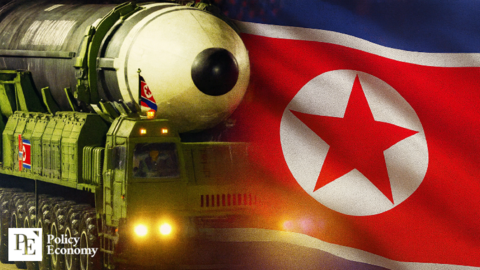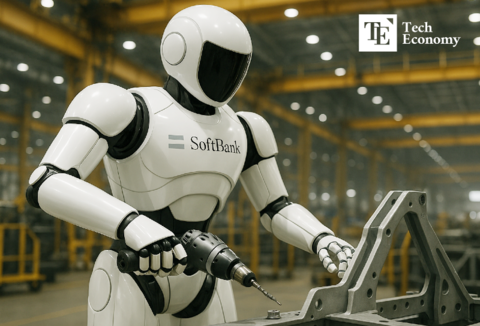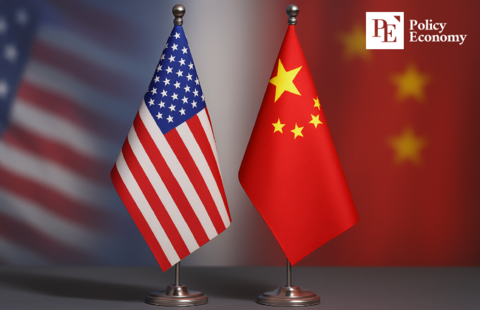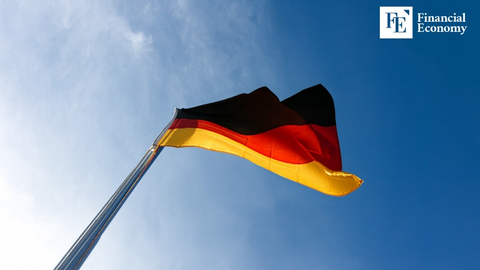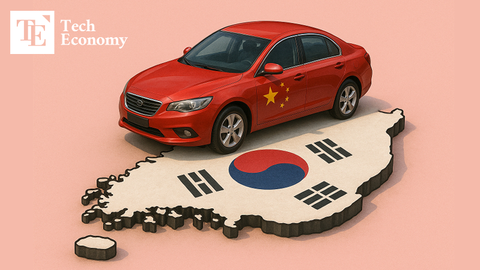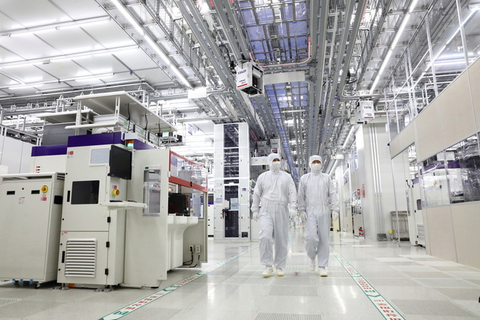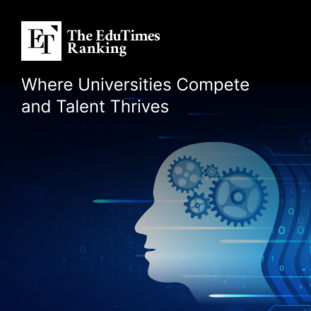Hanwha Aerospace, Accelerating Localization in Europe—Must Move Beyond Being a ‘Welcomed Outsider’ if It Wants to Succeed
Input
Modified
Restructuring of Europe’s 1,300 Trillion KRW Defense Market Unofficial Entry Barriers for Non-European Companies Clear Limitations for ‘Outsiders’ Without Technological Capabilities
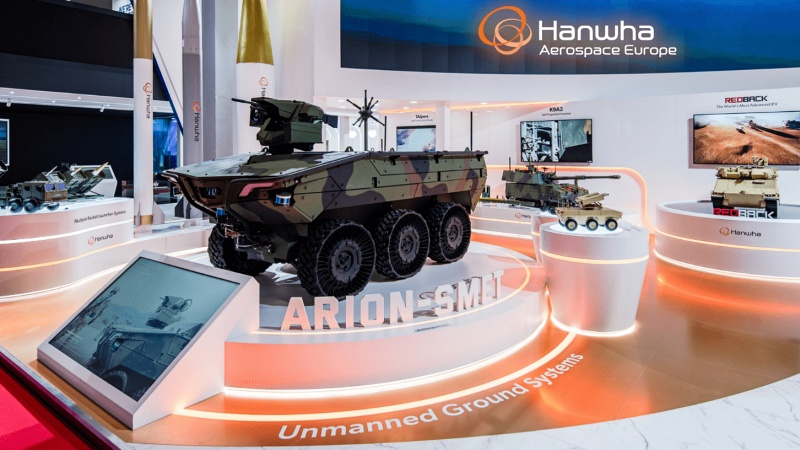
As Europe reawakens its defense ambitions in response to rising geopolitical tensions, the door is slowly closing on foreign defense contractors. But rather than retreat, South Korea’s Hanwha Aerospace is charging forward—determined not to remain a "welcomed outsider" but to become a permanent fixture within Europe's defense industrial base. The company is taking bold, multidimensional steps to localize operations and embed itself deeply into the region’s defense infrastructure. What began as a supplier relationship is now evolving into strategic partnerships, local job creation, and collaborative research. Yet in this delicate balancing act of politics, technology, and timing, the real test for Hanwha will be whether it can not only enter but endure in Europe’s rearming era.
Europe’s Re-Armament Race and Hanwha’s Ground Game
Hanwha Aerospace is making tangible inroads in Europe by establishing local production bases and investing in collaborative ventures. In Warsaw, the company recently signed a term sheet with WB Group, a leading Polish defense firm, to form a joint venture aimed at producing "Chunmoo" guided missiles for the Polish military. This facility is expected to break ground next year, signaling a shift from simple exports to boots-on-the-ground production.
A similar approach is underway in Romania, where Hanwha plans to manufacture K9 self-propelled howitzers and K10 ammunition resupply vehicles. With a supply deal already signed—valued at KRW 1.4 trillion for dozens of K9s and K10s—the company has selected a factory site and is preparing to begin production as early as 2027.
Importantly, Hanwha is ensuring its European footprint isn’t just industrial but also human. It has signed MOUs with both Bucharest Polytechnic University and Pusan National University to support local recruitment, scholarships, and R&D center development. These agreements aim to cultivate engineering talent through internships, exchange programs, and deeper academia-industry collaboration, building a pipeline of skilled workers aligned with Hanwha’s long-term ambitions.
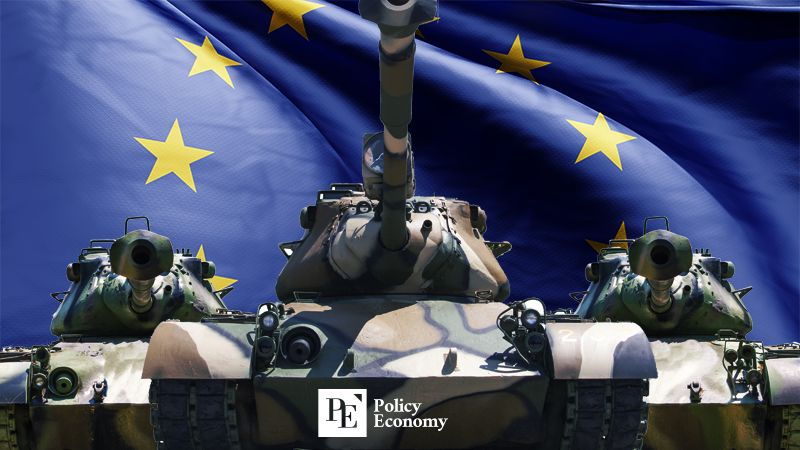
A Market Shaped by Politics and Opportunity
Behind Hanwha’s localization push lies a strategic calculation shaped by Europe’s internal defense politics. The European Commission’s re-armament plan, announced last month, pledges a €800 billion investment by 2030 to boost arms procurement. However, this funding comes with a caveat: EU Commission President Ursula von der Leyen made it clear that to strengthen Europe’s defense base, the region must “buy more European-made products.” The message was unmistakable—foreign companies must localize or be left out.
While this approach raises protectionist barriers, it also reveals structural cracks in Europe’s defense ecosystem. After decades of post-Cold War military drawdowns, many European manufacturers are now overwhelmed by the surge in demand. Fragmented supply chains, overreliance on subcontractors, and soaring logistics costs have exposed the inefficiencies of a system focused more on job creation than performance.
This is where Hanwha sees its window. By presenting itself not as a foreign vendor but a "local production partner," the company taps into Europe’s unmet demand for capacity and speed. Eastern European nations like Poland—with their lower entry barriers and warm political ties with South Korea—are proving especially receptive. Hanwha’s competitive advantage in cost, fast delivery, and streamlined execution offers practical solutions to European countries eager to rebuild their defense readiness without the burden of technological overcomplexity.
For many EU stakeholders, Hanwha’s presence offers a twofold benefit: delivering urgently needed defense systems while generating local employment and revitalizing industrial bases. It’s a calculated synergy—Europe gets capability and jobs, while Hanwha secures a strategic foothold.
From Entry to Endurance: The Road to Technological Leadership
Still, for all its early success, survival in Europe’s defense market requires more than just swift deliveries and attractive pricing. The long-term goal for European defense policy is to cultivate high-tech capabilities that can rival the United States. This poses a challenge for Hanwha Aerospace, whose core strengths lie in cost-effectiveness and speed rather than premium technology. Without a major innovation edge, short-term collaborations could be short-lived.
To address this, Hanwha is aggressively scaling up its R&D investments. The company has entered a high-stakes arena with efforts to independently develop aircraft engines, a technology currently monopolized by a handful of nations such as the U.S., UK, and Russia. Aircraft engines, which function through the Brayton cycle of intake, compression, combustion, and exhaust, represent one of the most technically demanding feats in modern engineering—requiring advanced skills in thermodynamics, materials science, and precision controls.
Hanwha’s commitment includes participating in Risk and Revenue Sharing Programs (RSPs) with original engine manufacturers, which allow it to jointly develop, produce, sell, and maintain high-tech systems while sharing the financial risk. At the same time, its annual R&D expenditure has grown significantly—rising from KRW 586.7 billion in 2022 to KRW 814.1 billion in 2023, with a projected KRW 887.8 billion in 2024.
Beyond propulsion systems, Hanwha is also aligning with the next frontier of warfare: artificial intelligence. The company is working to launch an array of Unmanned Ground Vehicles (UGVs) by 2028, including the Arion-SMET and GRUNT, as well as explosive ordnance disposal robots set to be operational this year. In a significant step, Hanwha has strengthened its strategic partnership with Milrem Robotics, Europe’s largest UGV firm, to co-develop next-generation unmanned technologies.
Hanwha Aerospace is no longer content to be a guest in Europe’s defense industry—it wants to be part of the family. With a mix of local partnerships, targeted investments, and long-term technological vision, it is navigating a complex terrain where politics, capacity, and innovation collide. The company has secured its entry; now, its challenge is to survive, evolve, and lead in a continent seeking not just defense, but defensive independence.


